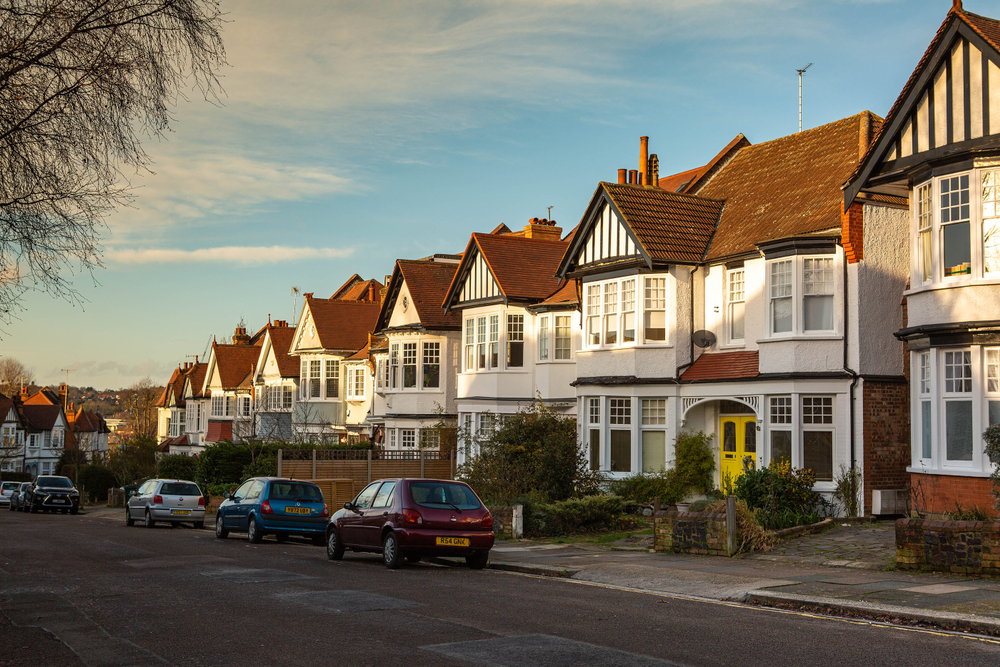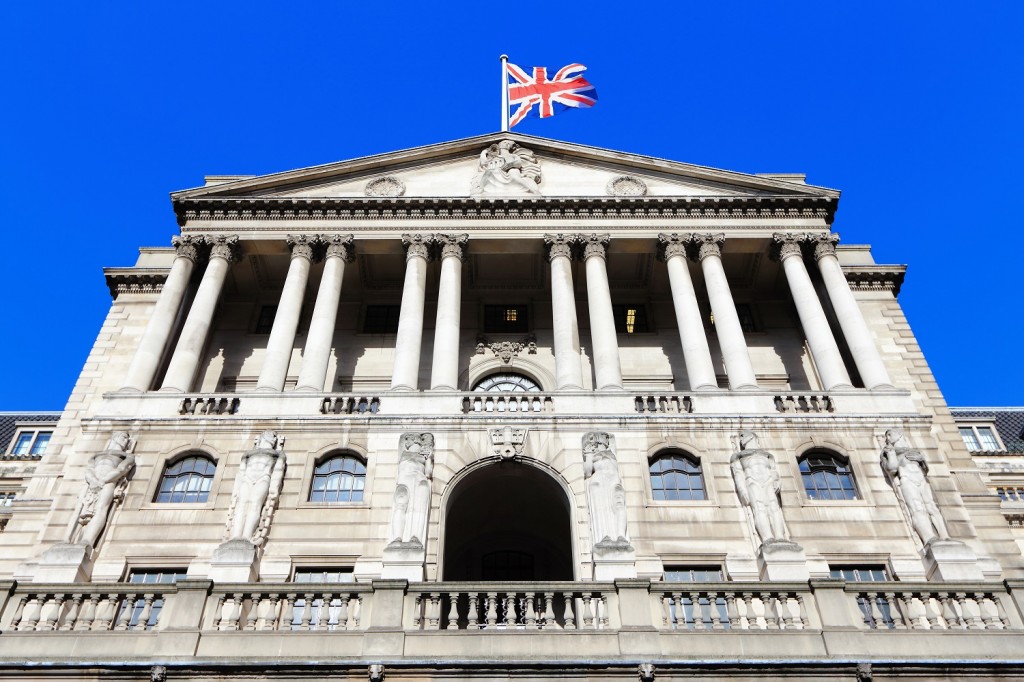
This is down slightly from the 10% increase the ONS noted for December 2021.
It means that the average house price in the UK comes to £274,000, which the ONS points out is £24,000 more than this time last year.
On a non-seasonally adjusted basis, house prices rose by 0.4% on the month.
The data also shows that in England, house prices went up 9.4%, giving an average price of £292,000 while in Wales, a 13.9% annual rise saw average house prices move to £206,000.
Meanwhile, in Scotland, house prices increased by 10.8%, taking the average house price to £183,000, while Northern Ireland’s house prices rose by 7.9%, giving an average house price of £159,000.
Amid this, London house prices crept up by 2.2%. Here, the average house price in January came to £510,000.
MT Finance director Tomer Aboody comments: “To see why house prices continue to perform so strongly, even while interest rates are rising, you need to look at sales volumes, with half the number of transactions taking place in November 2021 compared with the same month the previous year.
“This dramatic fall in transactions illustrates why prices continue to rise – lack of supply, combined with high demand is going to push values up to record levels until something changes.
“The government needs to do something with stamp duty to incentivise downsizers to release family homes onto the market in order to increase the number of transactions, helping keep price increases in check.”
And Propertymark chief executive Nathan Emerson says: “The amount of properties going for over the asking price is still a figure that’s over three times more than what we would see in a pre-pandemic market however, what these ONS figures suggest is that the cost of living, energy prices and interest rates rising mean buyers are beginning to be more cautious with their cash.
“Our own data shows there are more properties entering the market, bringing signs of an equalising between supply and demand which will likely have a more stabilising effect on prices in the coming months.”



